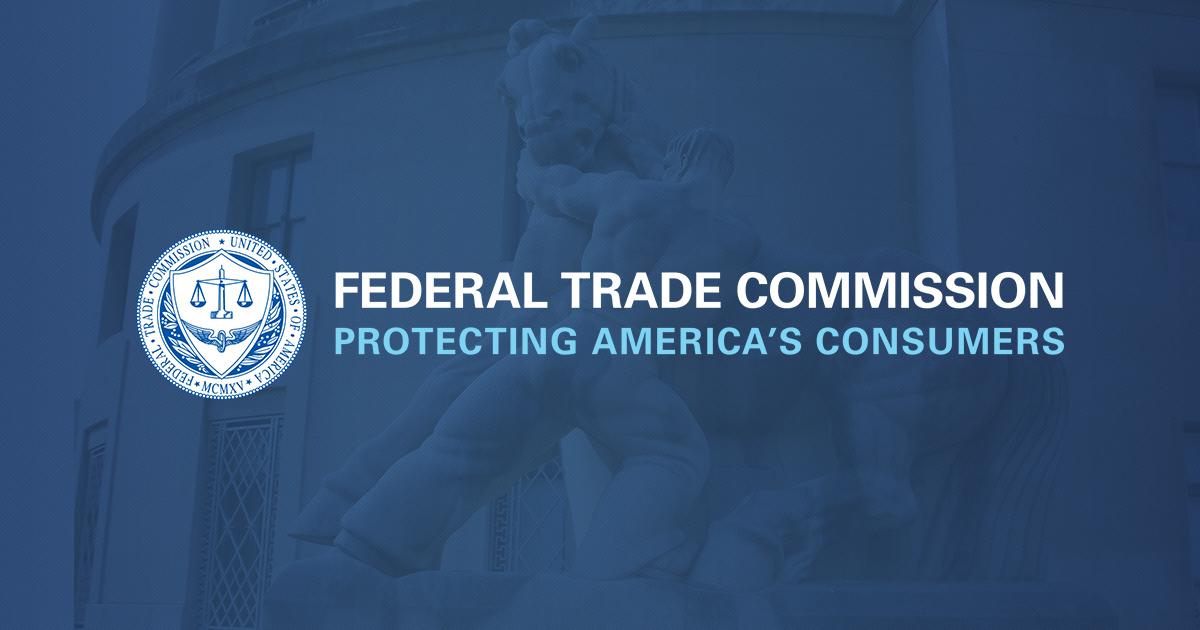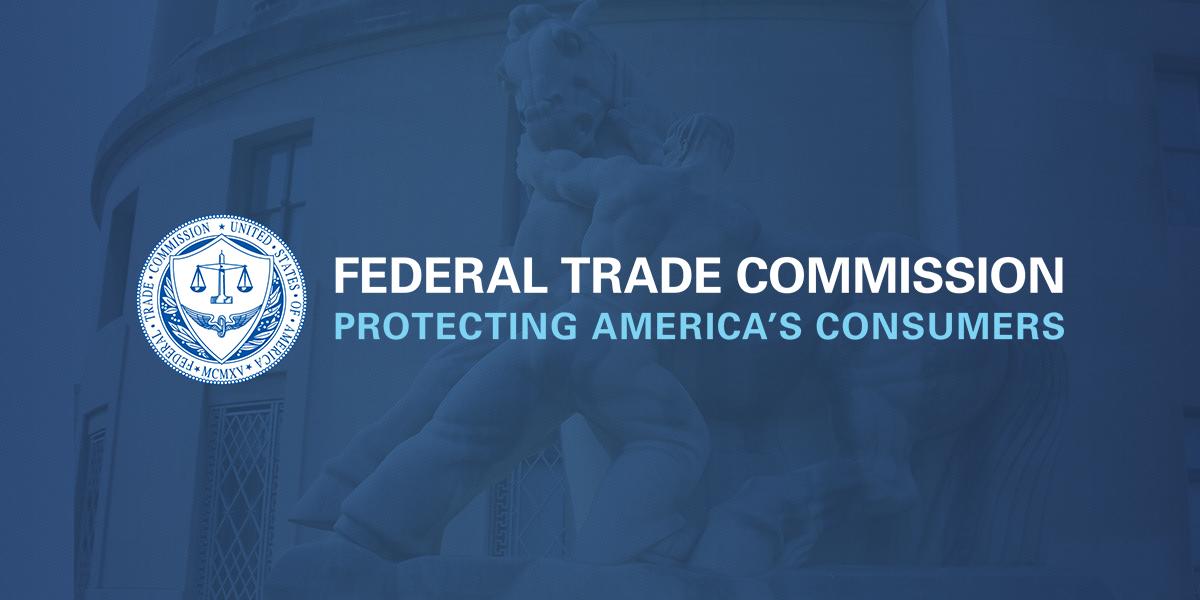The Federal Trade Commission today issued a report on the causes behind grocery supply chain disruptions resulting from the COVID-19 pandemic. The report revealed that large market participants accelerated and distorted the negative effects associated with supply chain disruptions.
The FTC’s report also examined how supply chain disruptions affected competition among retailers, wholesalers, and producers, as well as the impacts on consumers and businesses. The report found that consumers felt the negative effects of supply chain disruptions in the form of sky rocketing prices for groceries and product shortages for essentials, like toilet paper.
Notably, consumers are still facing the negative impact of the pandemic’s price hikes, as the Commission’s report finds that some in the grocery retail industry seem to have used rising costs as an opportunity to further raise prices to increase their profits, which remain elevated today.
“As the pandemic illustrated, a major shock to the supply chain can have cascading effects on consumers, including the prices they pay for groceries,” said FTC Chair Lina M. Khan. “The FTC’s report examining U.S. grocery supply chains finds that dominant firms used this moment to come out ahead at the expense of their competitors and the communities they serve.”
As the report explains, supply chain disruptions did not equally impact every retailer, wholesaler, or producer. Instead, smaller firms, especially smaller grocery retailers, disproportionately faced difficulties obtaining products compared to larger firms. Some larger firms were better able to protect their product supply compared to smaller competitors.
The pandemic also prompted some larger firms to consider buying manufacturing suppliers, which potentially threatens to make certain supply chains even more concentrated in the future. Taken together, the report’s findings reveal how supply chain bottlenecks can leave markets exposed to major supply chain shocks—and that those shocks, in turn, can allow major firms to entrench their dominance.
The report’s findings stem from orders the FTC issued in 2021 under Section 6(b) of the FTC Act to Walmart Inc., Amazon.com, Inc., Kroger Co., C&S Wholesale Grocers, Inc., Associated Wholesale Grocers, Inc., McLane Co, Inc. Procter & Gamble Co., Tyson Foods, Inc., and Kraft Heinz Co. The findings also draw from publicly available data on industry costs and revenues.
Competitive Impacts of Supply Chain Disruptions
The report highlights several key insights regarding market structure and business conduct among grocery retailers, wholesalers, and producers, as well as their effects on consumers. These insights include:
- Grocery retailer profits rose & remain elevated: Food and beverage retailer revenues increased to more than 6% over total costs in 2021, higher than their most recent peak in 2015 of 5.6%. In the first three-quarters of 2023, retailer profits rose even more, with revenue reaching 7% over total costs, casting doubt on the assertions of some companies that rising prices at the grocery store are the result of retailers’ own rising costs.
- Large purchasers sought favorable supplier allocations: Some companies, most often larger ones, re-imposed strict delivery requirements on their upstream suppliers during the height of the pandemic and threatened fines for noncompliance, pressuring suppliers to favor them over rivals. In some cases, suppliers preferentially allocated product to the purchasers threatening to fine, giving larger companies a competitive advantage over smaller retailers at a time when having products in-stock was a critical advantage for attracting customers.
- Excessive consolidation recognized as a liability: During the pandemic, some retailers sought to diversify their supplier base, particularly of private label goods, as firms recognized the risks associated with having few suppliers available. Some firms buying goods in markets with few suppliers even began exploring whether to build or acquire manufacturing capacity to reduce their exposure to concentrated markets. The report warns, however, that moves by larger customers to buy one of the few remaining market participants rather than building that capability from scratch could leave the remaining buyers, notably smaller competing firms, even worse off.
- Decrease in promotional spending: During the pandemic, manufacturer promotional spending on items in short supply declined. Companies employing the more traditional grocery retailing model that relies on manufacturer promotional spending to lower prices for products sometimes faced higher prices compared to other companies. Companies that used an “Every Day Low Price” (EDLP) strategy, in which producers consistently provide low wholesale prices rather than short-term promotional price reductions, were less affected when manufacturer promotional spending was curtailed.
The Commission voted 3-0 to issue the staff report.
Official news published at https://www.ftc.gov/news-events/news/press-releases/2024/03/ftc-releases-report-grocery-supply-chain-disruptions


